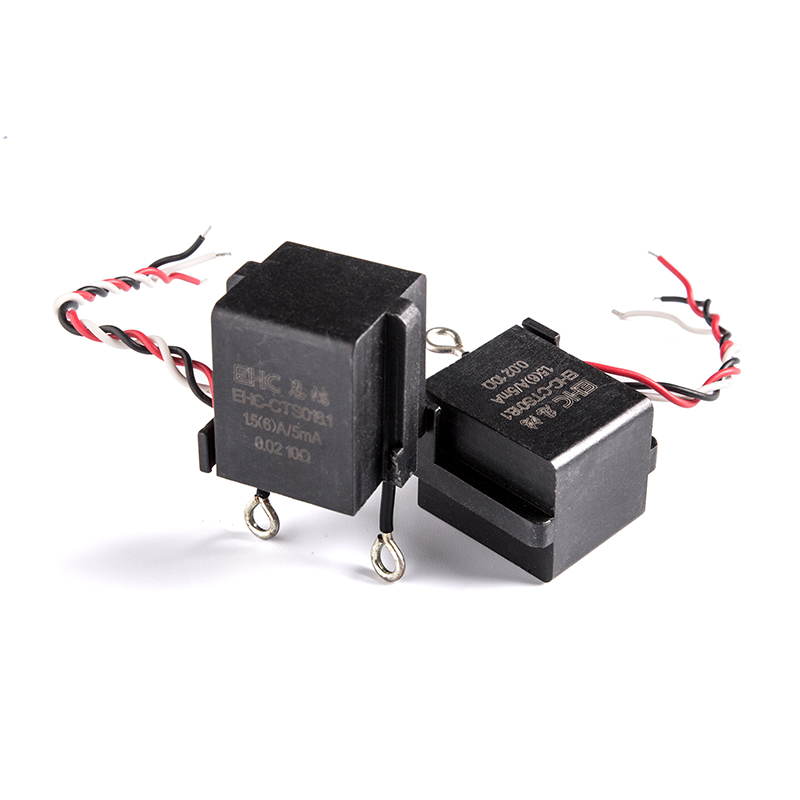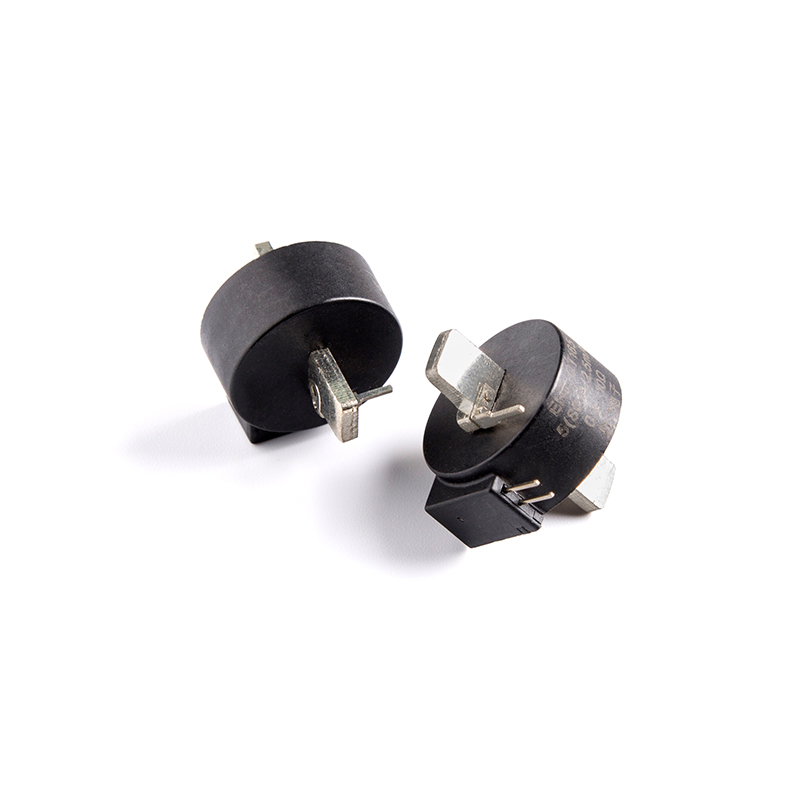Current transformers (CTs) are indispensable components in electrical systems, serving the crucial function of measuring current. They play a vital role in various applications, including power monitoring, protection, and control. Understanding the principles and applications of current transformers is essential for ensuring efficient and safe operation in electrical systems.
At its core, a current transformer consists of a primary winding, through which the current to be measured flows, and a secondary winding connected to the measuring or protective devices. The primary winding is typically composed of one or more turns of a conductor, while the secondary winding comprises numerous turns wound on a magnetic core. The magnetic core ensures that the secondary winding induces a proportional current when subjected to the magnetic field generated by the primary current.
One of the primary functions of current transformers is to scale down high currents to a level suitable for measurement or protection. By utilizing a high turns ratio between the primary and secondary windings, CTs can produce a much lower current on the secondary side while accurately reflecting the magnitude and waveform of the primary current. This allows for safe and convenient monitoring of high currents without directly connecting measuring instruments or protective relays to the high-voltage circuit.
Current transformers find widespread use in electrical systems for various applications, including metering and monitoring of power consumption, protection of equipment and personnel against overcurrent conditions, and facilitating the operation of protective relays. In power distribution networks, CTs are employed in conjunction with watt-hour meters to accurately measure energy consumption, enabling utilities to bill customers accurately and monitor system performance.
Furthermore, current transformers play a critical role in the protection of electrical equipment and personnel. They are commonly employed in protective relaying schemes to detect and mitigate overcurrent conditions, such as short circuits or overloads, by triggering protective devices like circuit breakers. By accurately sensing the magnitude and direction of current flow, CTs enable rapid and precise operation of protective relays, thereby safeguarding electrical infrastructure and preventing damage to equipment.
In addition to their role in metering and protection, current transformers also facilitate the implementation of advanced monitoring and control systems in modern electrical grids. By providing accurate current measurements at various points in the network, CTs enable utilities to monitor power flow, detect abnormalities, and optimize grid operation for improved efficiency and reliability.
Understanding Current Transformers: Principles and Applications
Recommended Products
-
 View More >>
View More >>
Non-Toroidal C-Type Cut Amorphous Nanocrystalline Cores
Industry: Amorphous Nanocrystalline Core
-
 View More >>
View More >>
EHC-VCT Series for Power supply
Industry: Current Transformer
-
 View More >>
View More >>
Transformers Cores Amorphous Nanocrystalline Cores
Industry: Amorphous Nanocrystalline Core
-
 View More >>
View More >>
Amorphous Nanocrystalline Inductor Cores
Industry: Amorphous Nanocrystalline Core
-
 View More >>
View More >>
CTS Series Terminal High Precision Amorphous Nanocrystalline Current Transformers
Industry: Current Transformer
-
 View More >>
View More >>
Rectangular hysteresis loop Cores
Industry: Amorphous Nanocrystalline Core
-
 View More >>
View More >>
High Linear Current Transformers
Industry: Current Transformer
-
 View More >>
View More >>
Common Mode Choke Amorphous Nanocrystalline Inductors
Industry: Amorphous Nanocrystalline Inductors

 English
English 中文简体
中文简体 Deutsch
Deutsch 日本語
日本語

